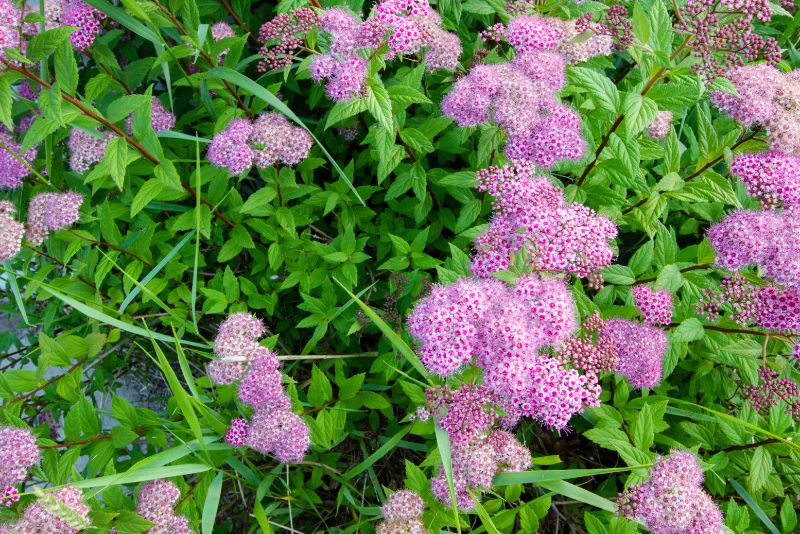
Welcoming swamp milkweed into your garden isn’t just about creating a beautiful, tranquil space—it’s a powerful nod to the environment. From supporting local ecosystems and attracting pollinators to offering educational opportunities for children, the installation of swamp milkweed has wide-reaching impacts.
In this comprehensive guide, you will learn everything you need to know about cultivating and nurturing swamp milkweed. Whether you’re a seasoned gardening enthusiast or a novice looking to make a positive impact, these expert tips are here to help you every step of the way.

The key to a successful swamp milkweed garden starts with location. It craves sunlight and moist conditions, so a spot in your garden that receives at least 6 hours of sun daily is ideal. This could be along a water feature or a low-lying area that naturally collects water.
Prepare the soil by ensuring it’s well-draining. If you’re unsure about your soil type, a simple soil test can guide you. For clay soil, adding organic matter such as compost can improve drainage, while sandy soil benefits from retaining moisture by mixing in peat moss.
When planting, ensure the root ball is level with the soil’s surface. Space multiple plants 18 to 24 inches apart to accommodate their mature spread. Keep in mind that swamp milkweed can grow up to 4 feet in height, so plan for its size accordingly.
Water your newly planted swamp milkweed thoroughly to allow the roots to establish. Consider mulching around the base of the plant to retain moisture. Over the first season, monitor soil moisture closely, making sure that it’s not waterlogged but consistently damp.
In its first year, swamp milkweed will primarily focus on root development. The following years, expect robust growth—upright stems, lance-shaped leaves, and stunning clusters of flowers that bloom in midsummer.
Pruning of dead plant material is beneficial for the overall health of your swamp milkweed. Simply cut down any dead stalks or remove spent flowers to encourage new growth and future blooms. However, avoid pruning in the fall as the plant’s spent seed pods are an essential food source for wildlife.
Swamp milkweed is relatively resistant to pests and diseases, especially when planted in its preferred conditions. However, aphids are a common issue. You can spray them off with water or use insecticidal soap if the infestation is severe. Sooty mold can also be a problem due to aphid secretions; to tackle this, you must handle the aphids first.
Milkweeds, in general, do not require additional fertilization but can benefit from light organic applications that remain in line with the soil needs indicated on your soil test. Excessive fertilization can lead to growth that is too lush and attractive to aphids and monarch predators.
Pesticides are generally discouraged with milkweeds, given their importance to pollinators. However, biological controls can help balance any extreme infestations, and a cautious approach to handling pests is advisable.
For gardeners in colder climates, mulching can provide some insulation for roots during winter. Winter temperatures may dry out the roots, so check soil moisture levels periodically and water when necessary. Cut back the dead stalks in late fall or early spring, just before the new growth emerges.
Swamp milkweed is a powerhouse for local ecosystems, providing vital habitat and nectar sources for a variety of wildlife, from bees and butterflies to birds.
The bright, fragrant blooms of swamp milkweed can attract a multitude of pollinators, making it a lively hub for the garden’s food web.
By planting swamp milkweed, you’re directly contributing to the diversity of plant life in your area. This kind of biodiversity is critical for maintaining ecosystem balance and resilience.
cultivating swamp milkweed goes beyond gardening. It’s about connecting your space to the broader natural world and supporting your local environment. With attention to its planting needs, nurturing its growth, and providing care, your swamp milkweed will flourish and become a staple in your garden’s biodiversity.
For more information and inspiration on how to make your garden a sanctuary for nature, reach out to local horticultural groups and environmental organizations. Your efforts to plant, grow, and care for swamp milkweed will not only be personally rewarding but will also ripple through the ecology of your area, adding to the tapestry of life.
There is no task more rewarding for a gardener than to know they are fostering living gardens, both in and out of the soil. Let this comprehensive guide be the start of your perennial relationship with one of nature’s loveliest gifts — the swamp milkweed.